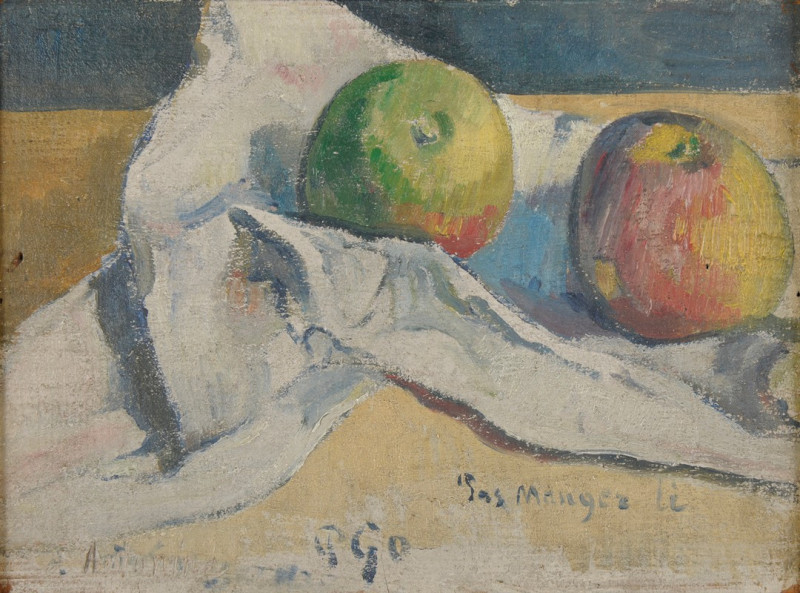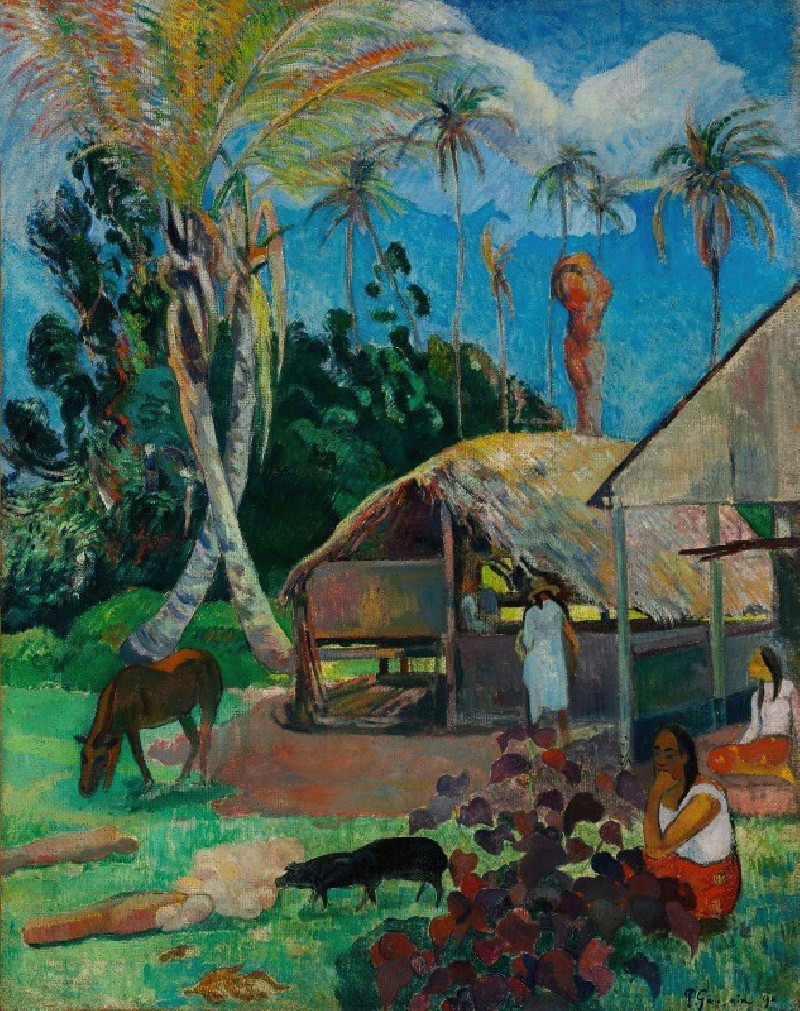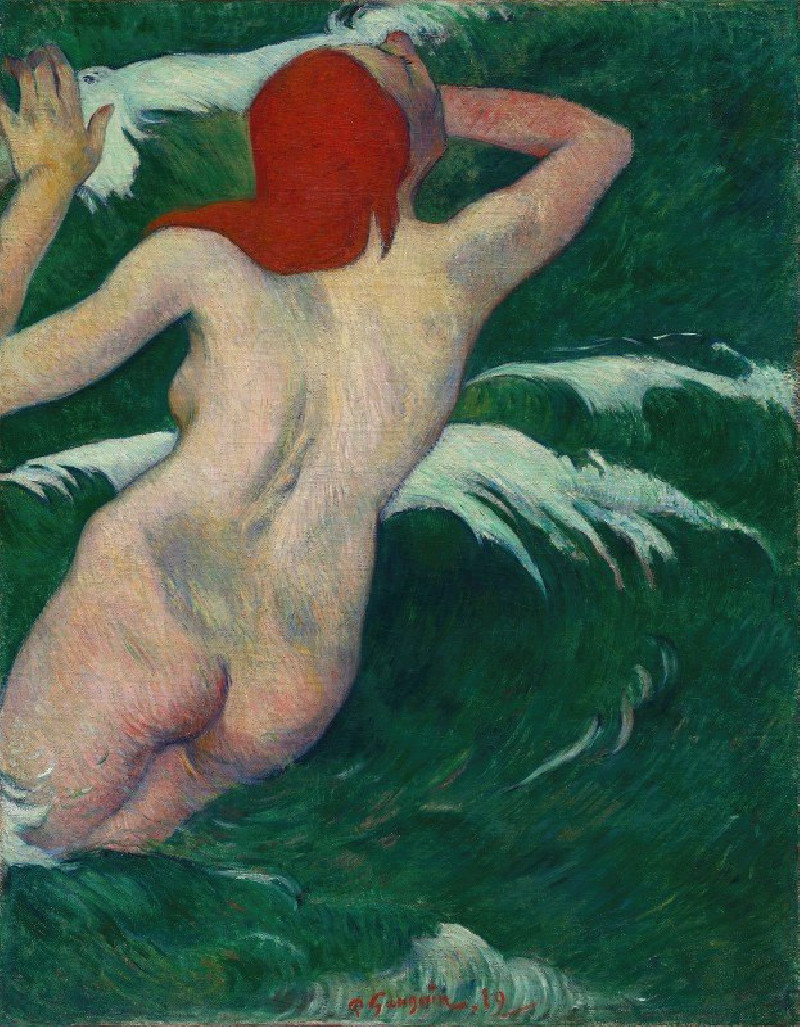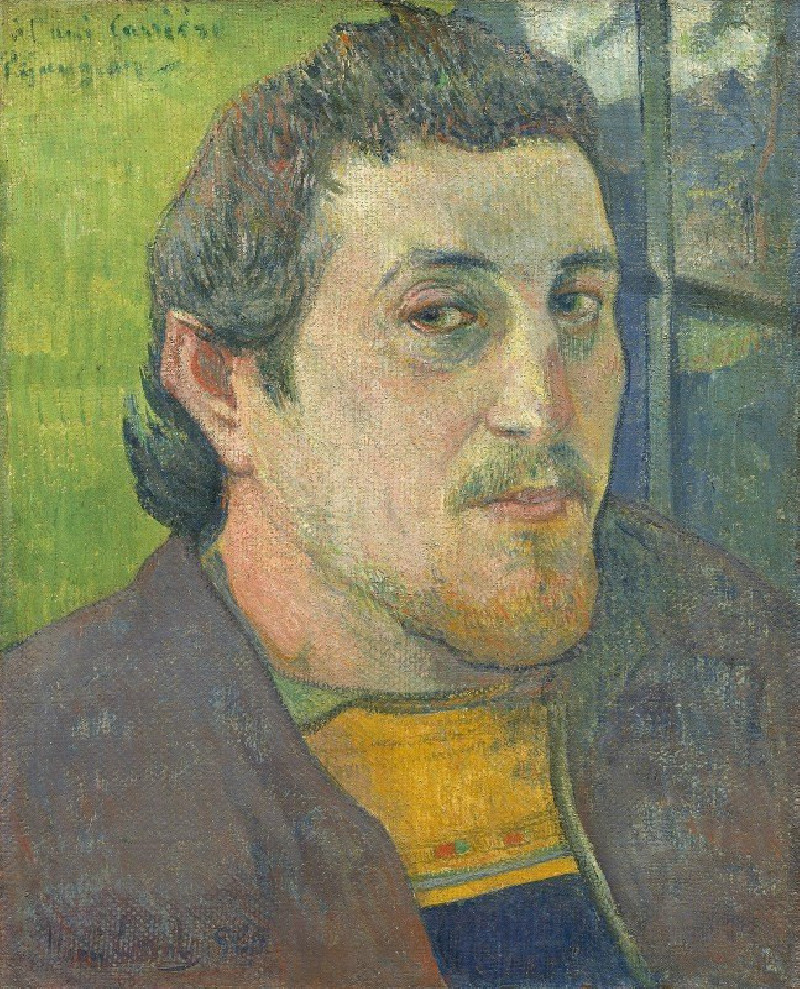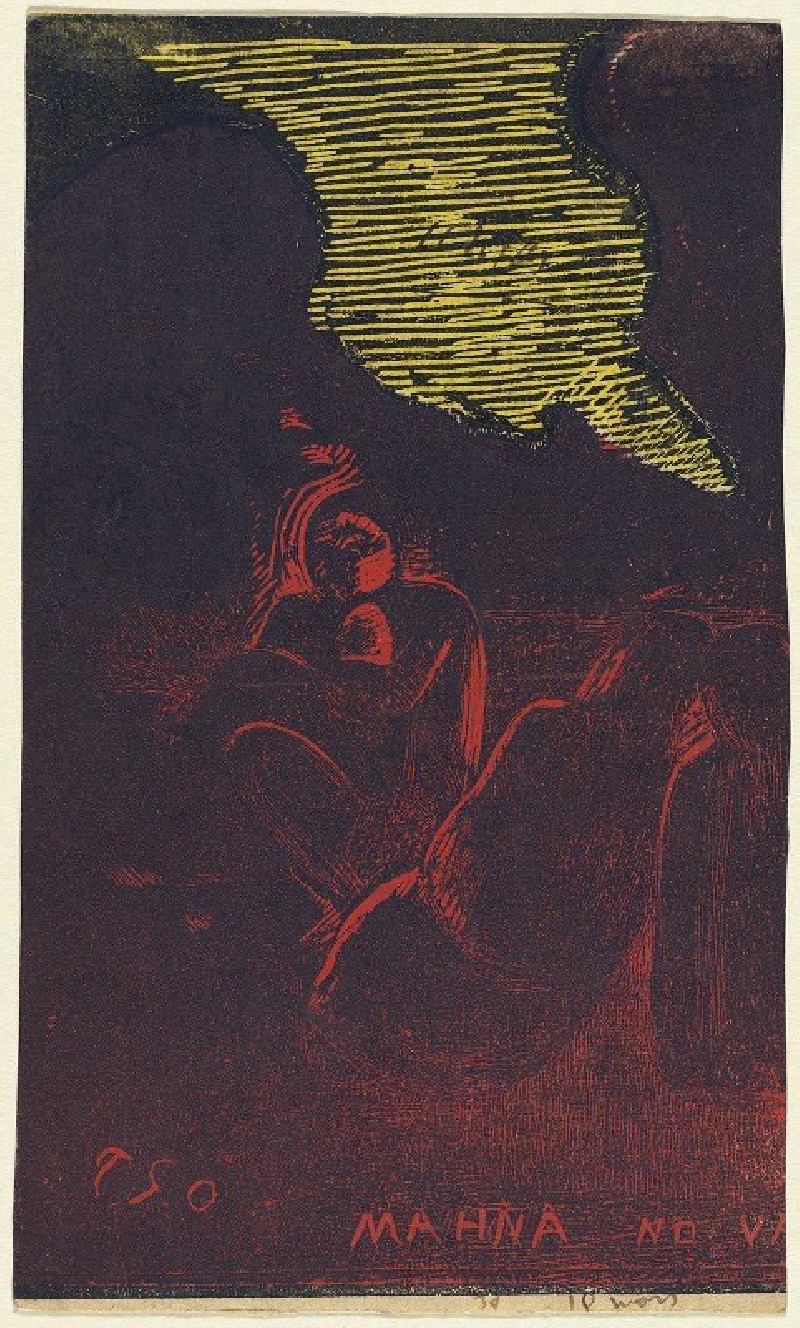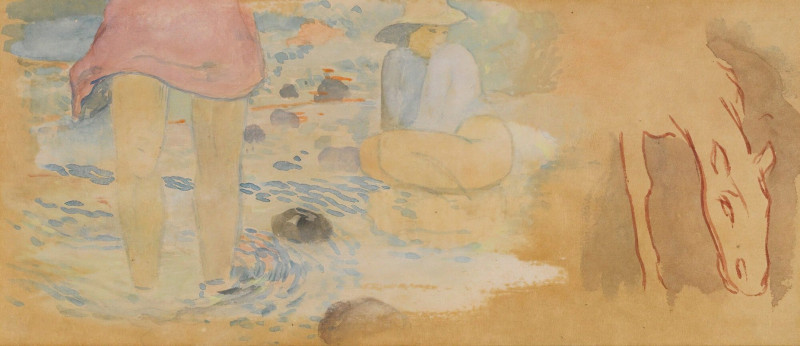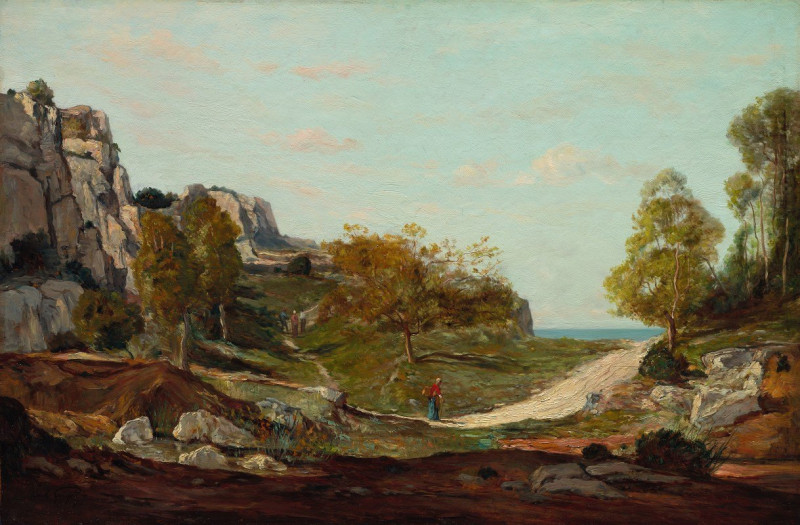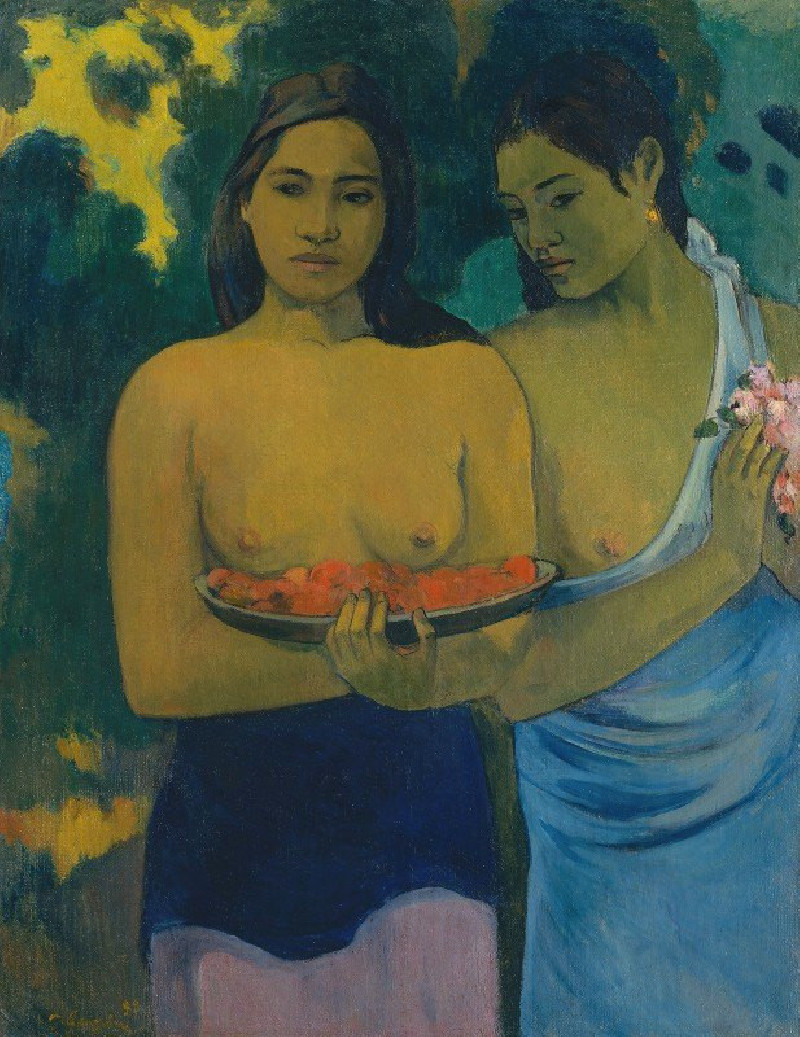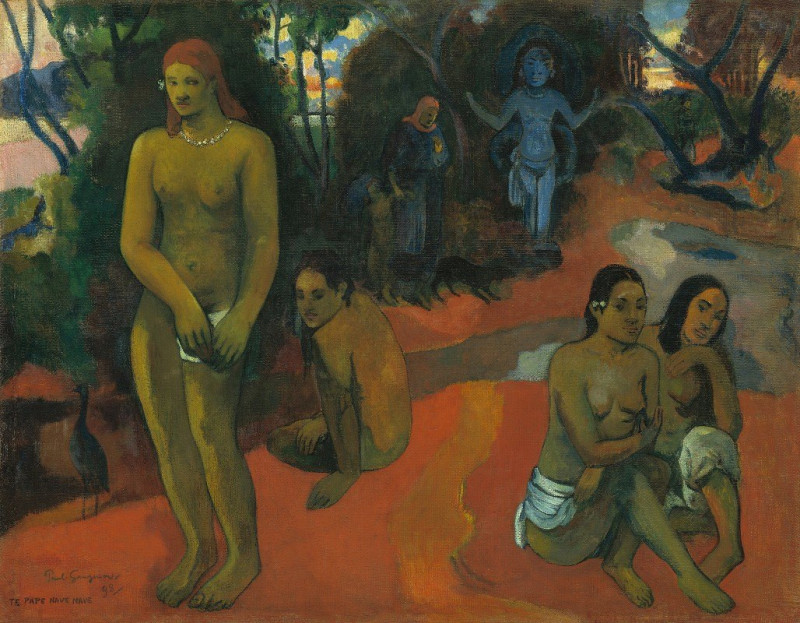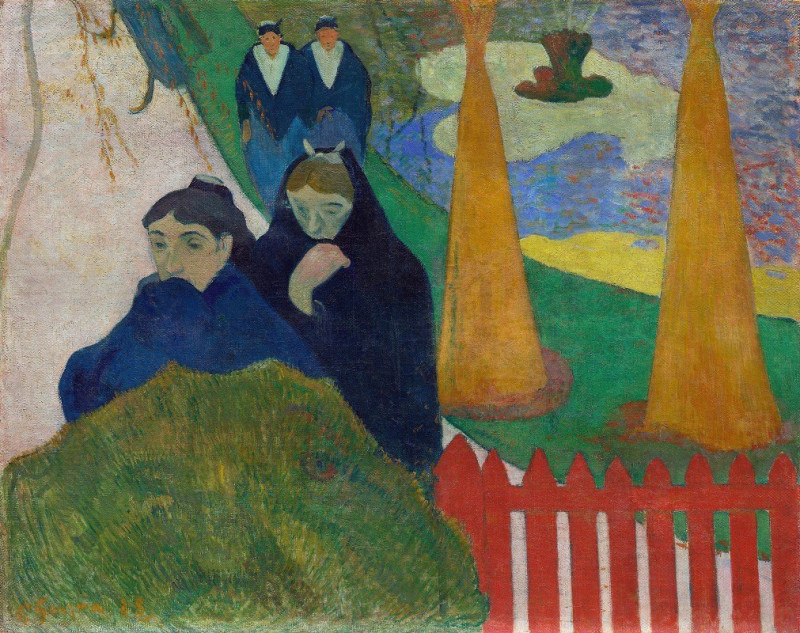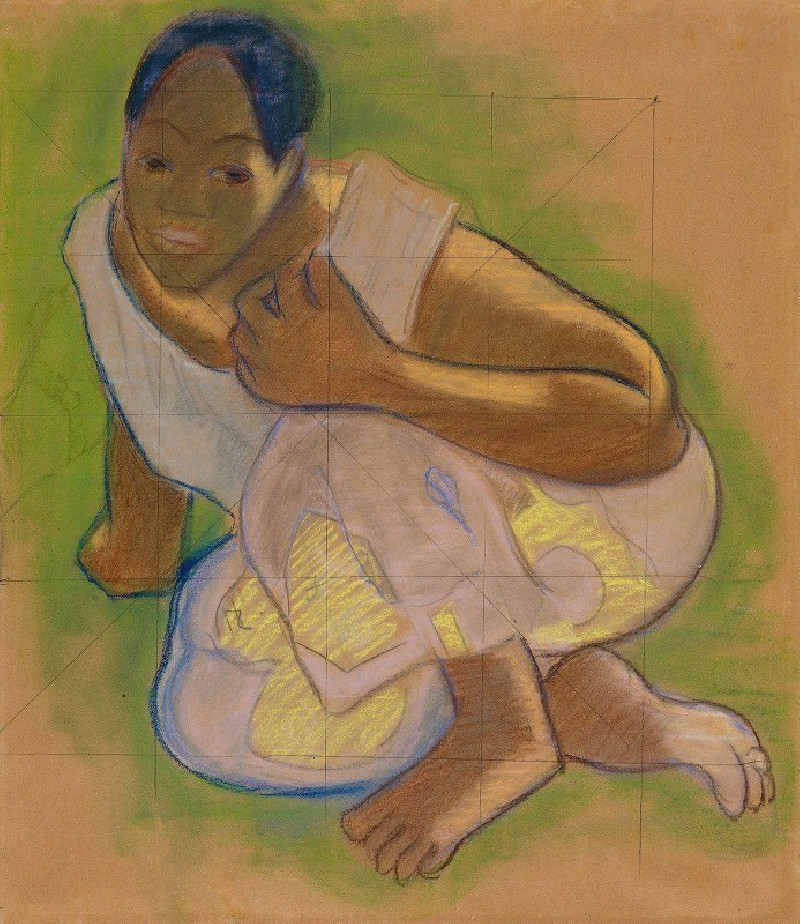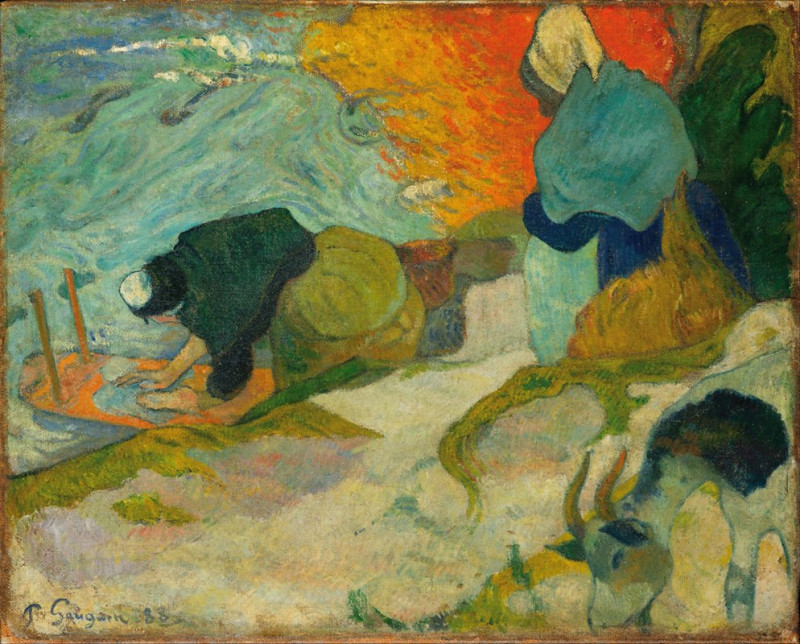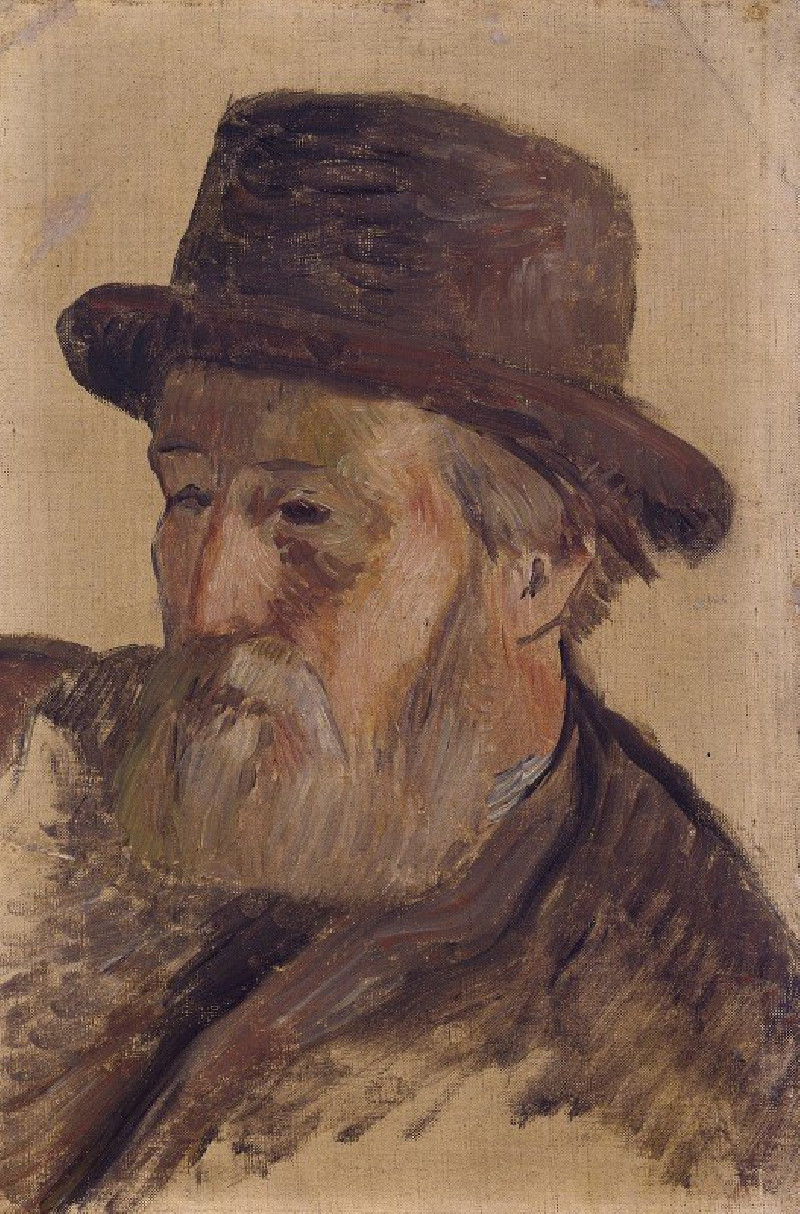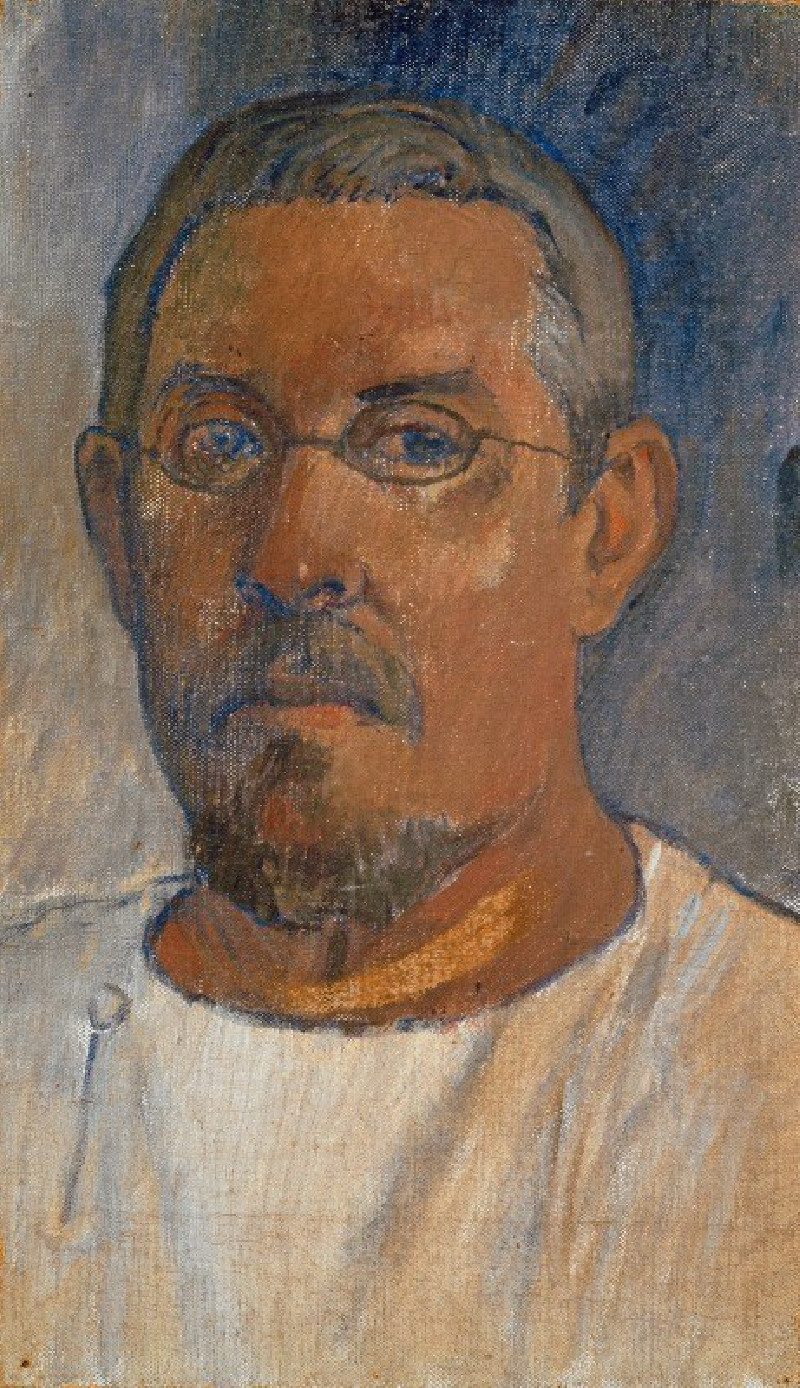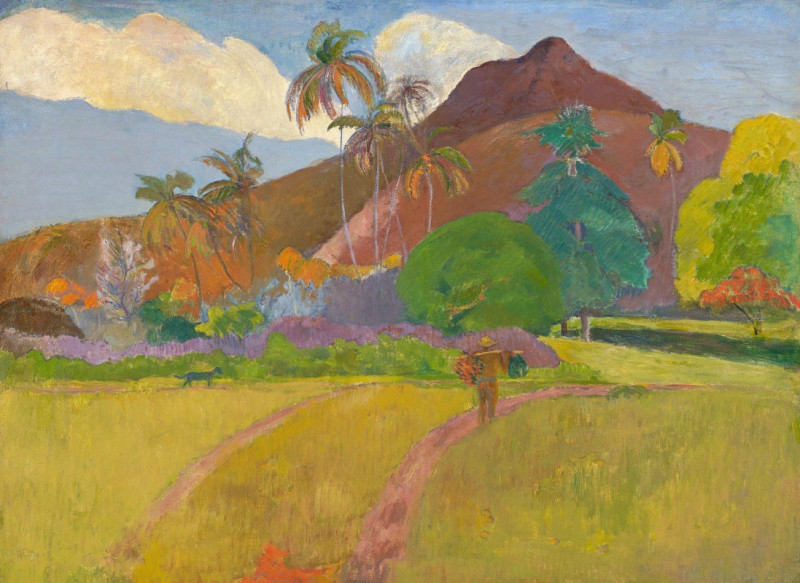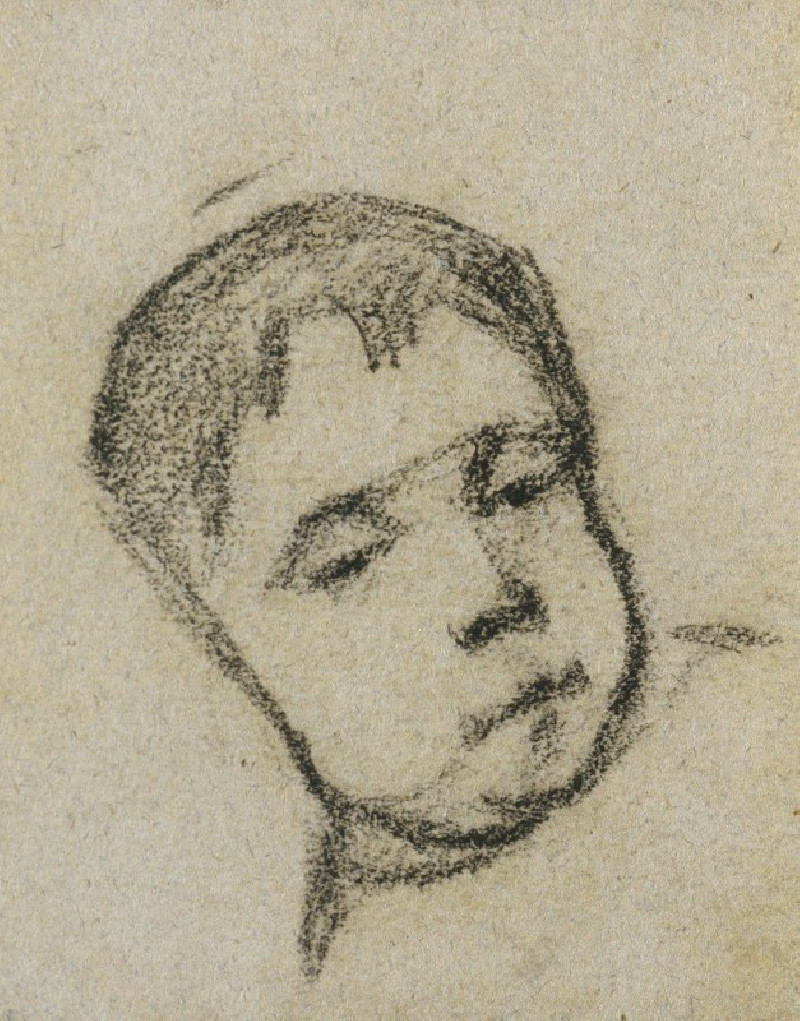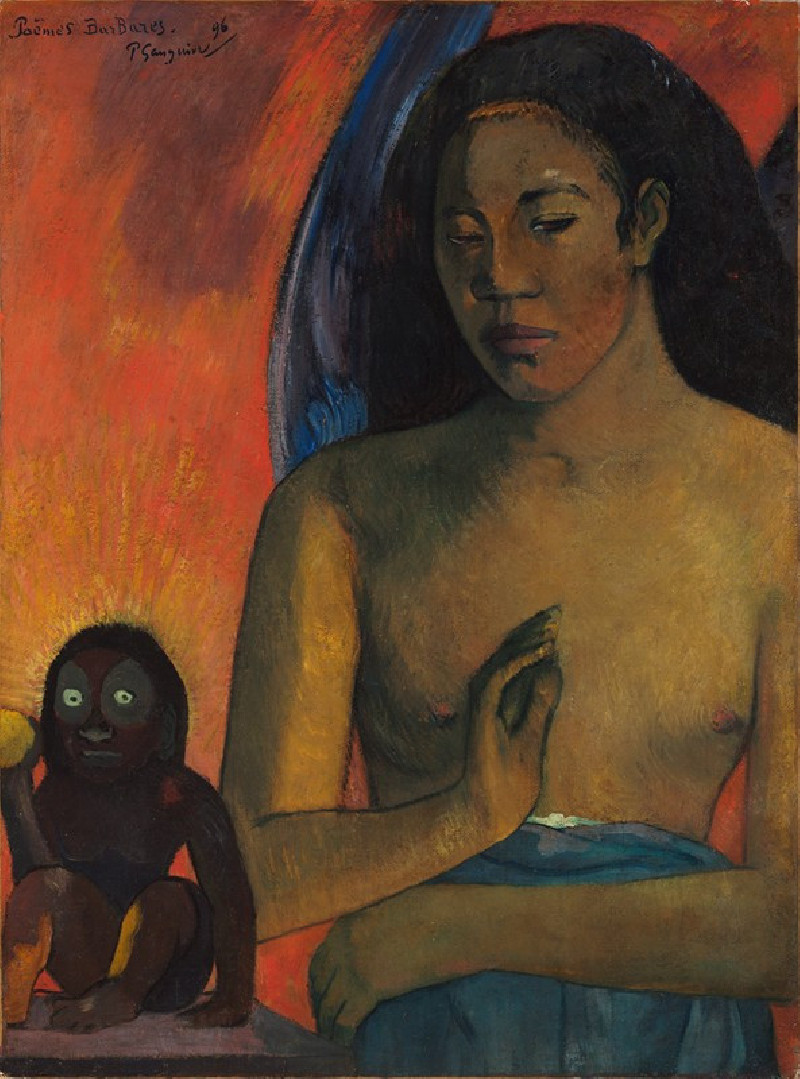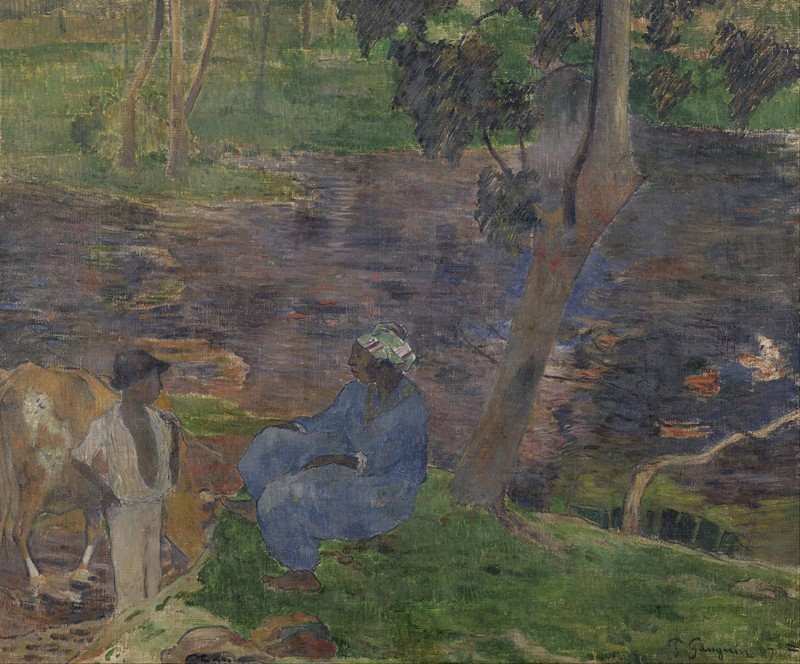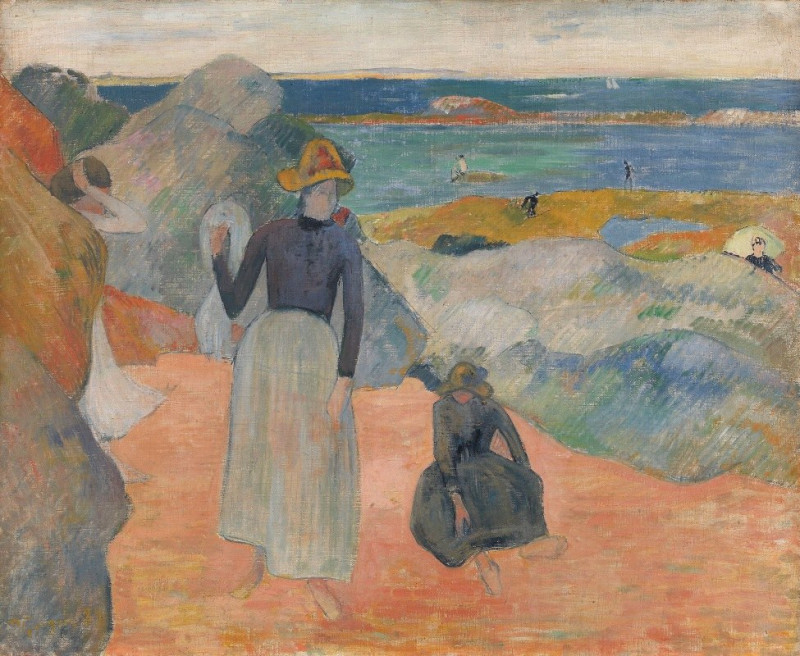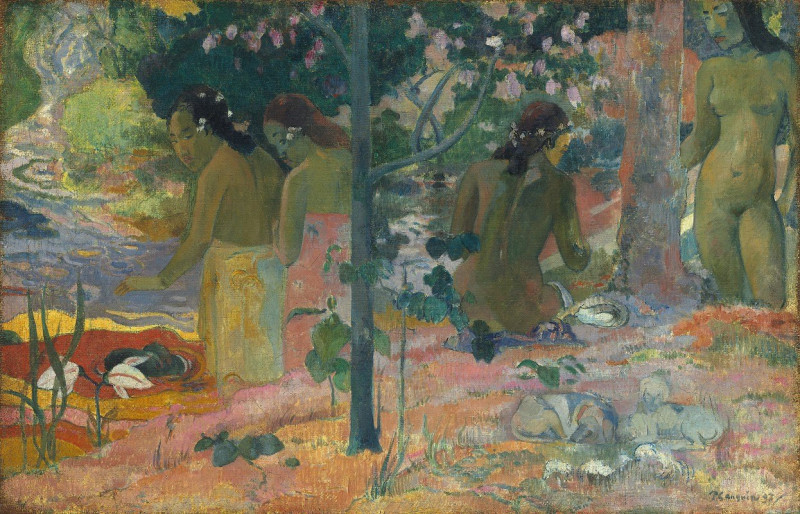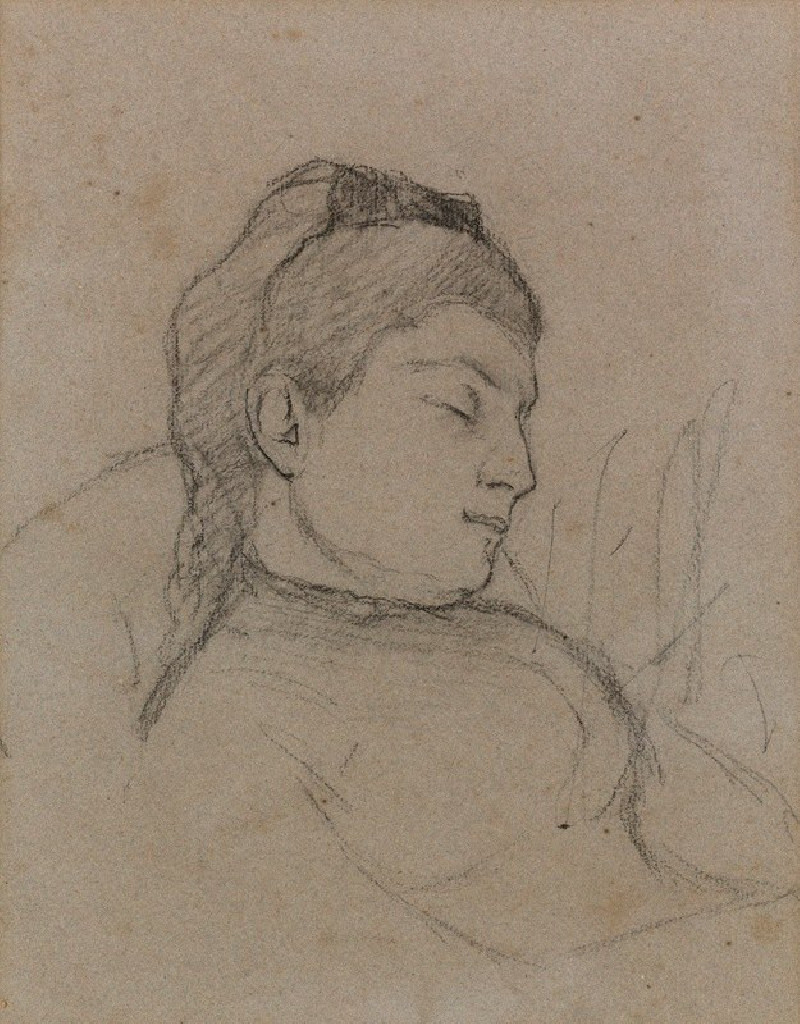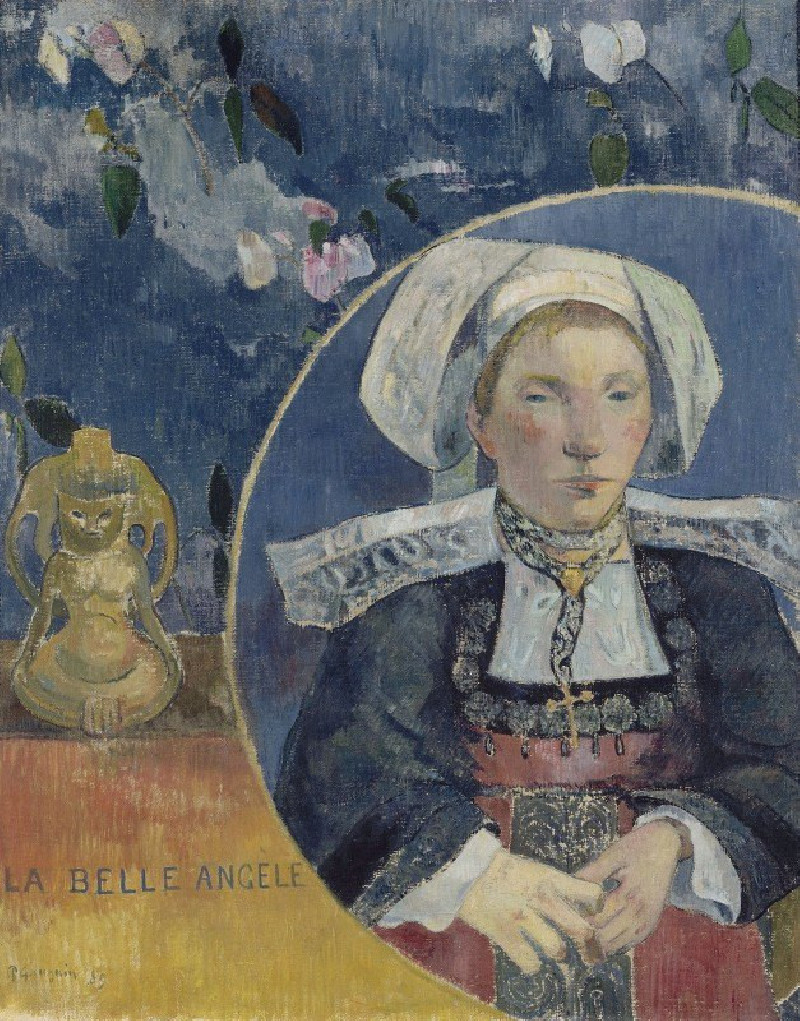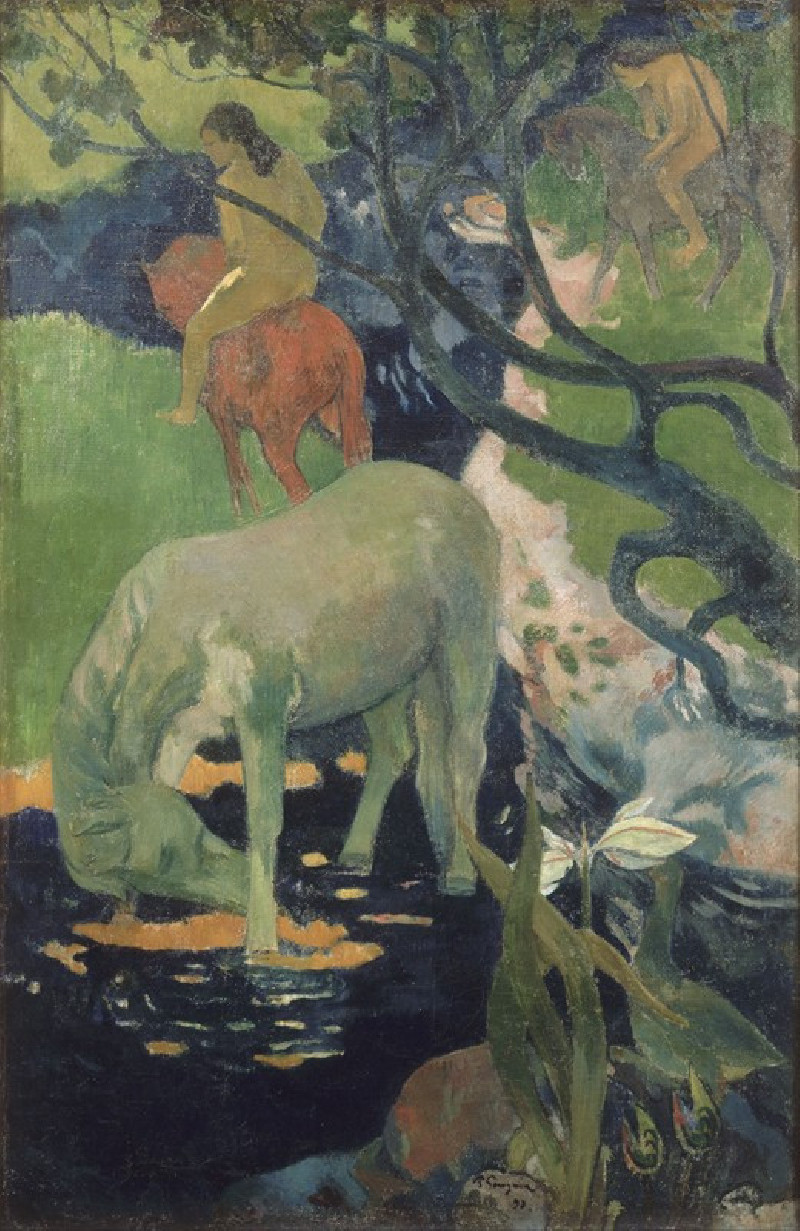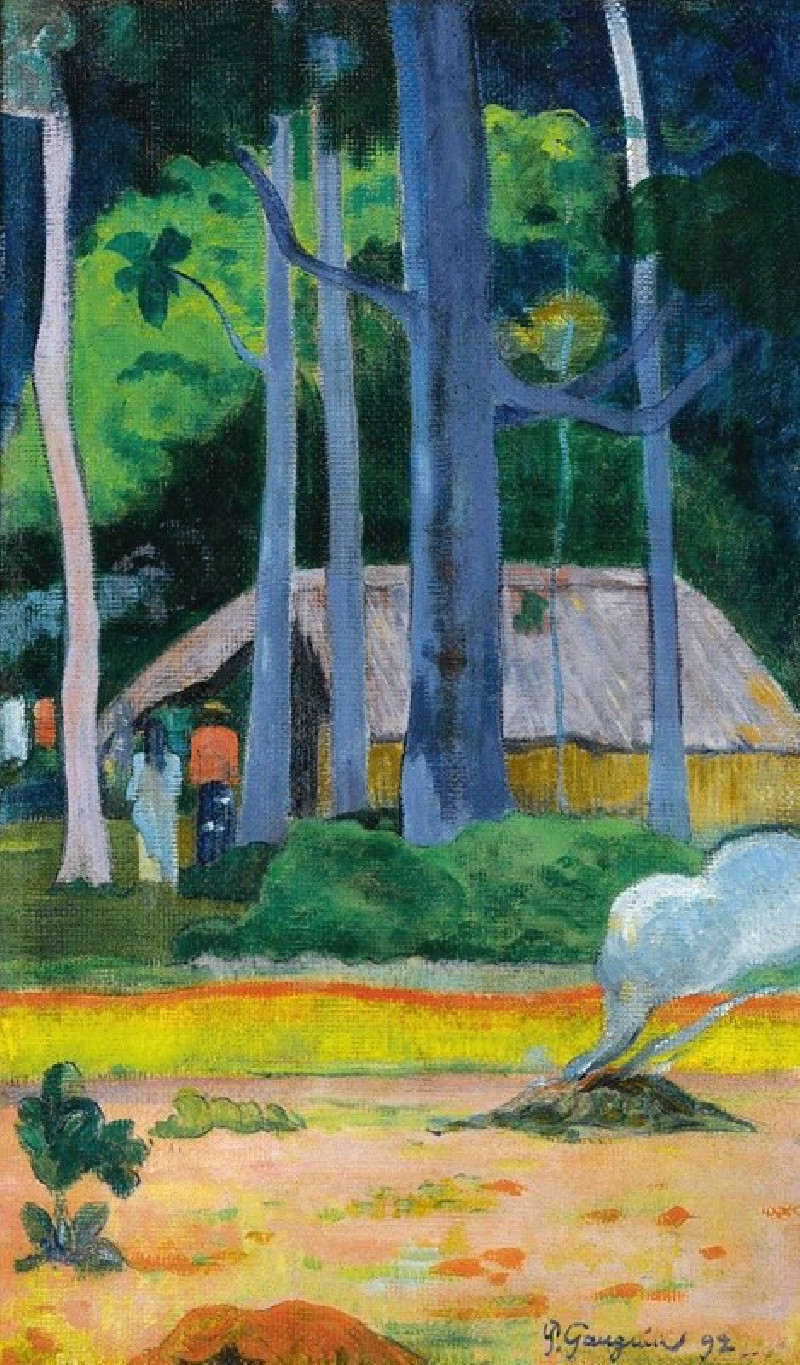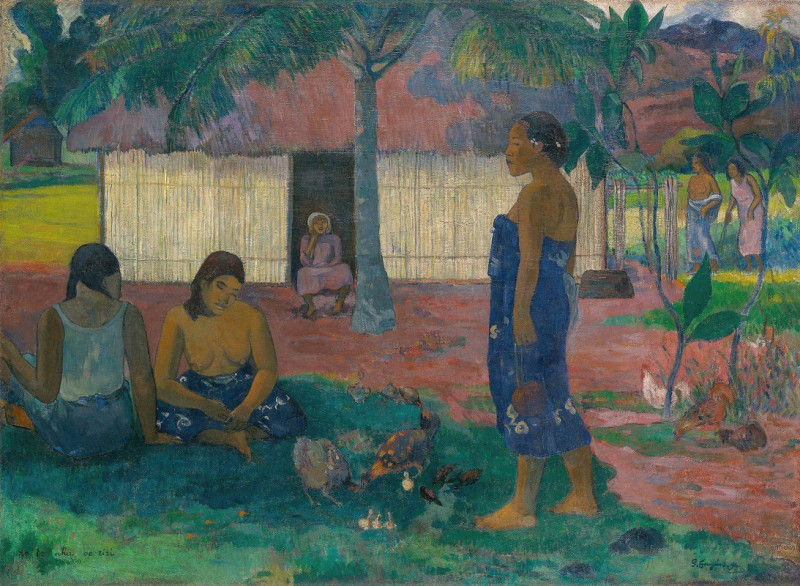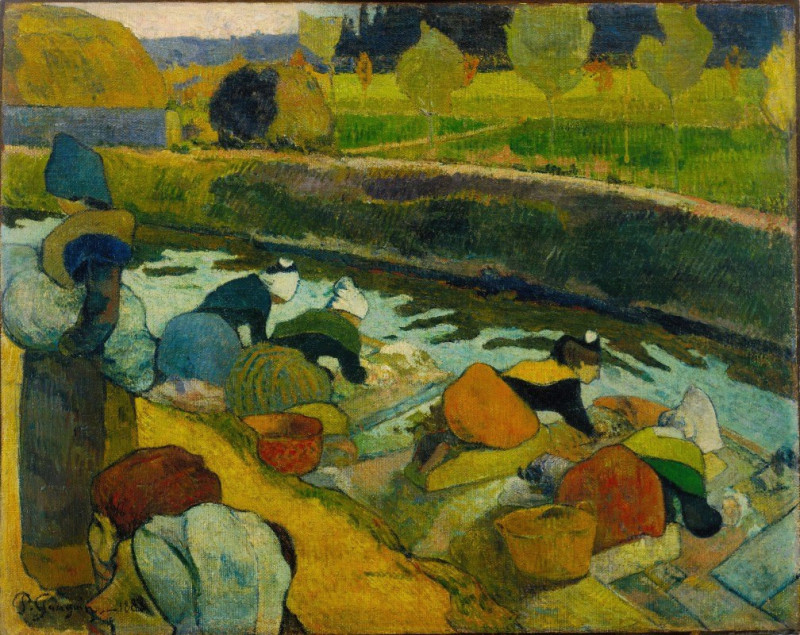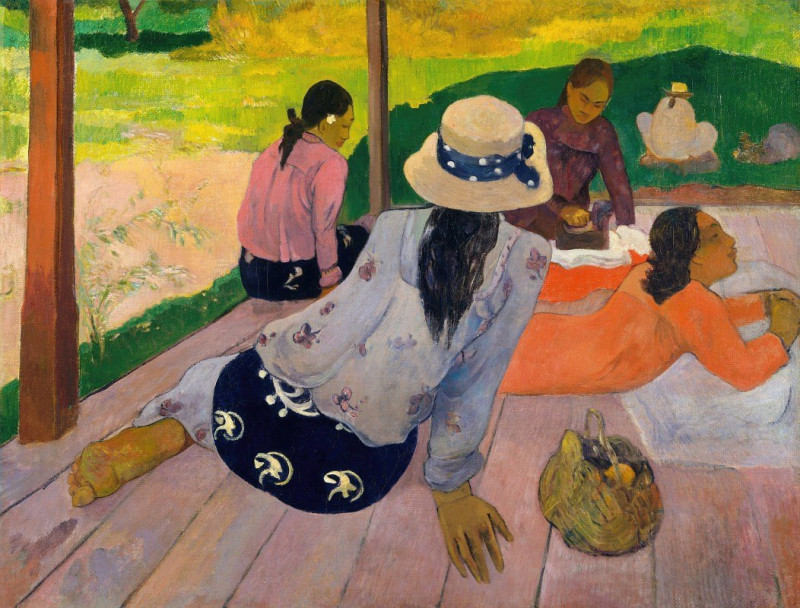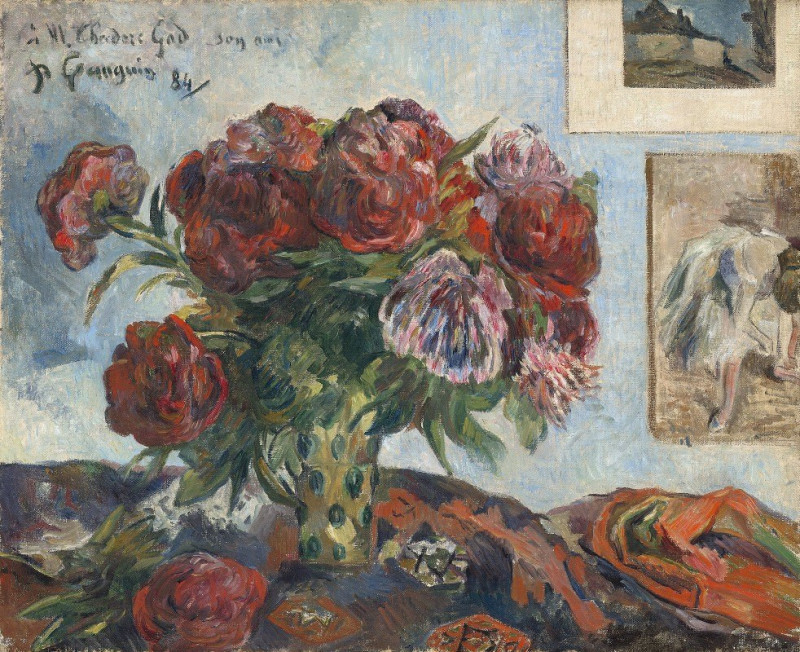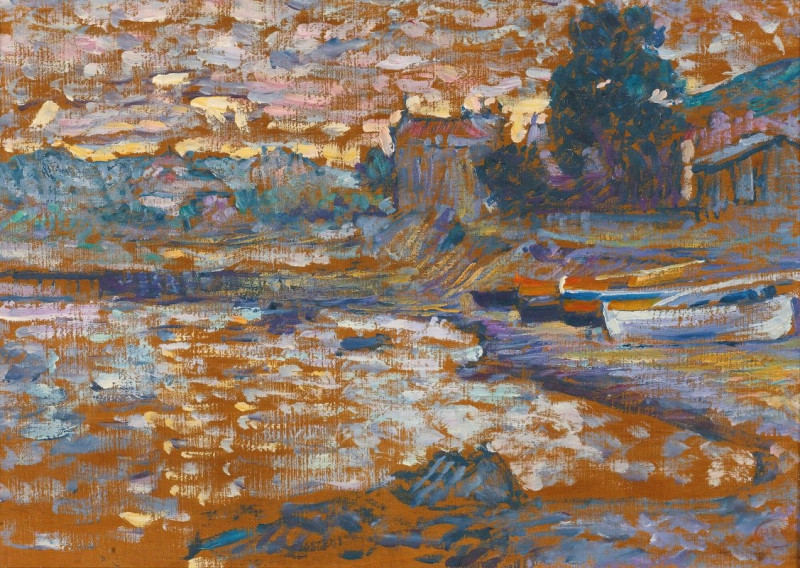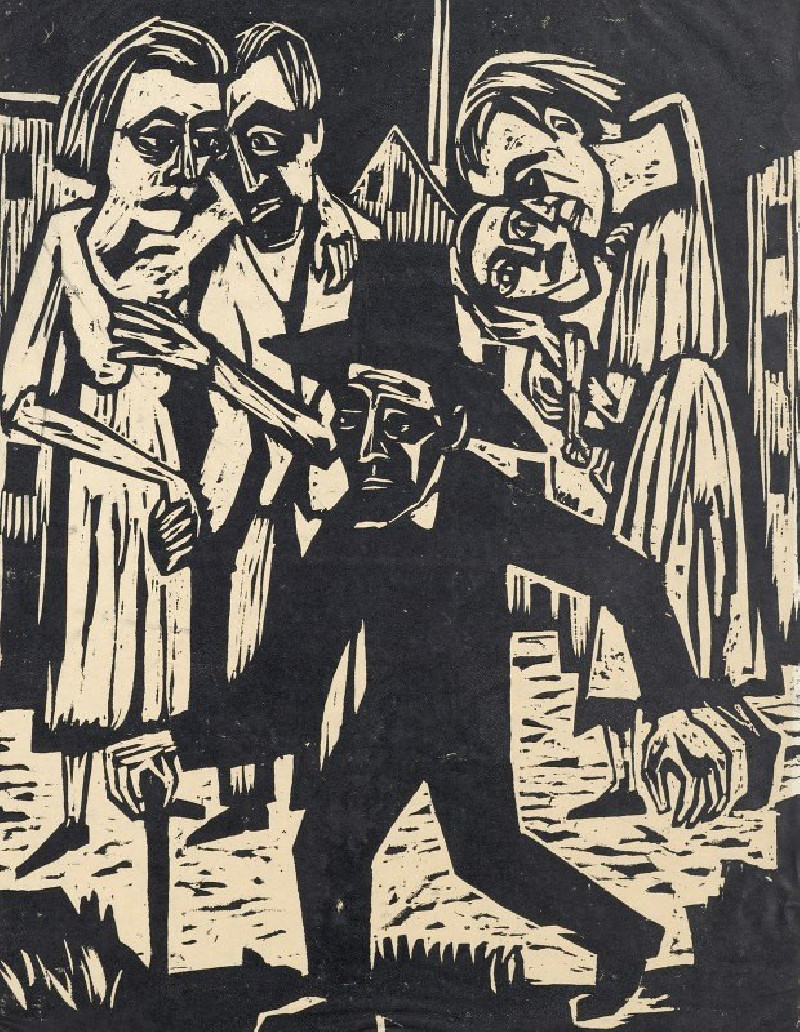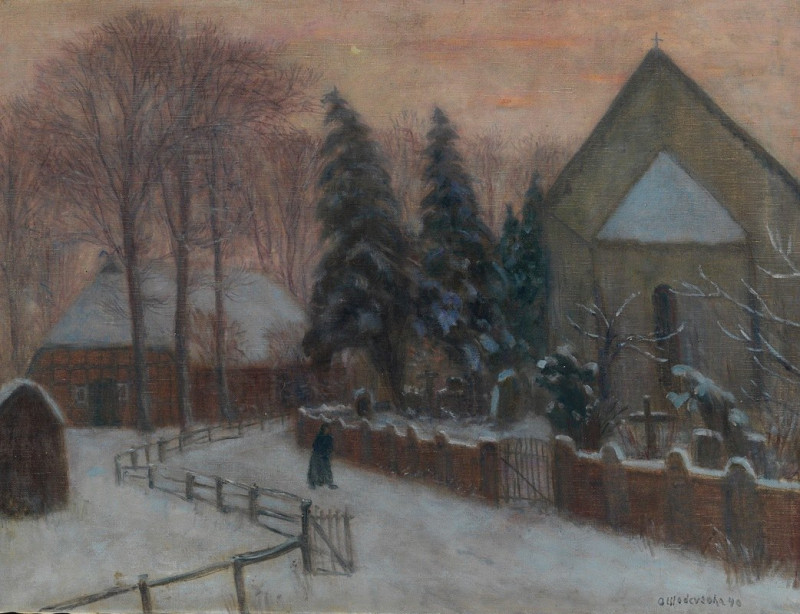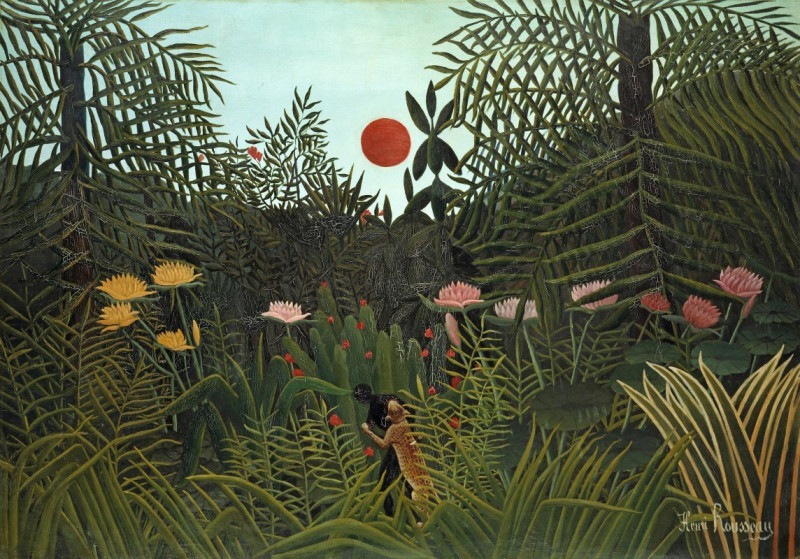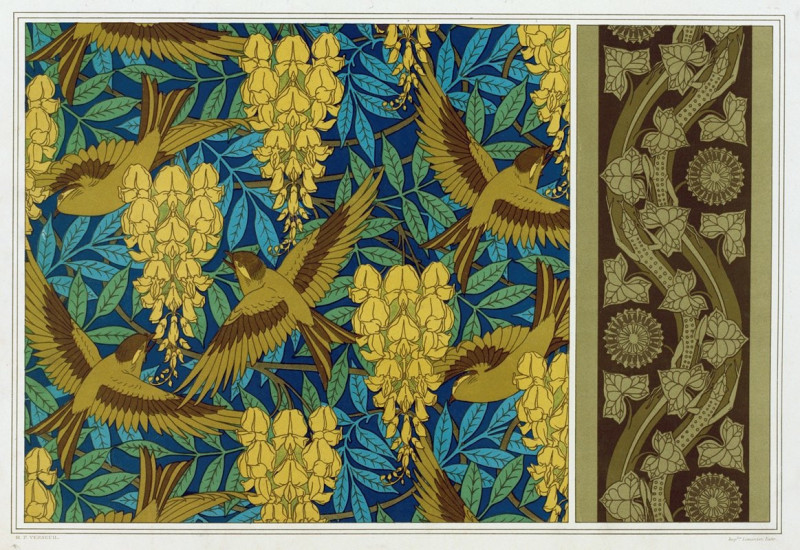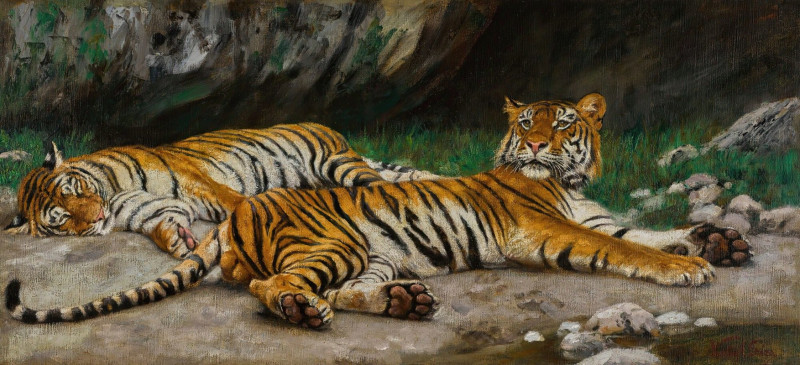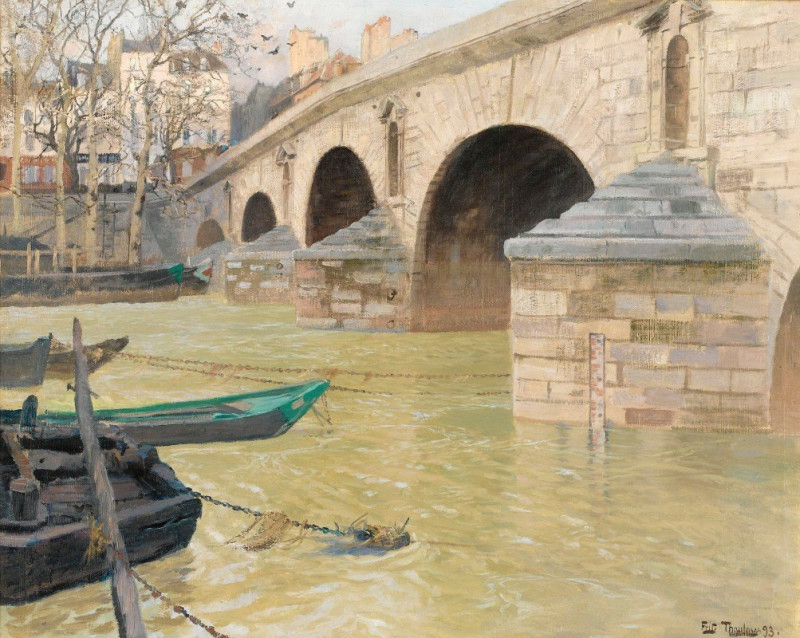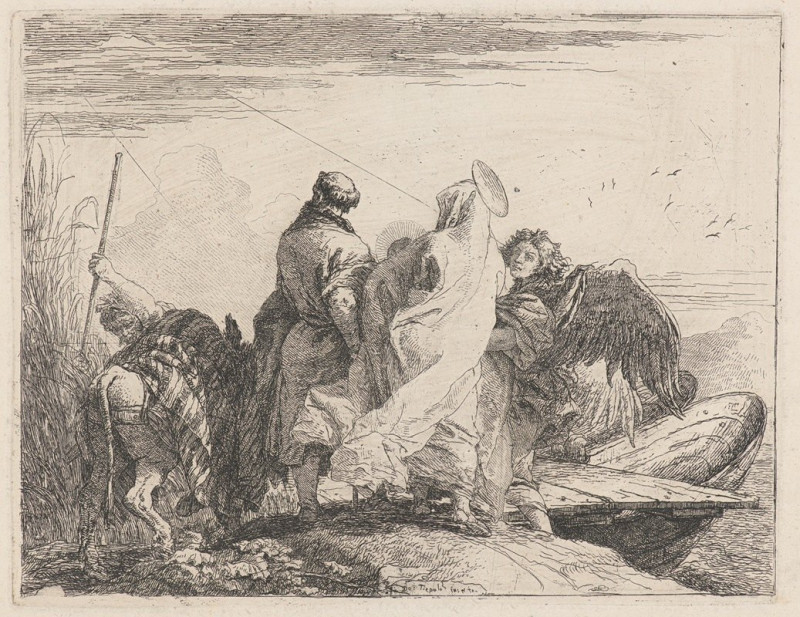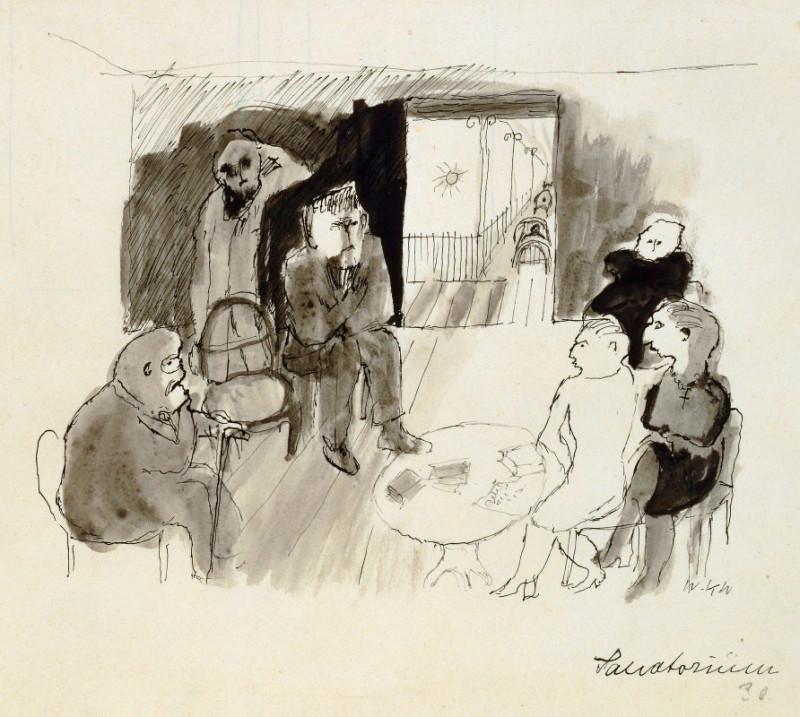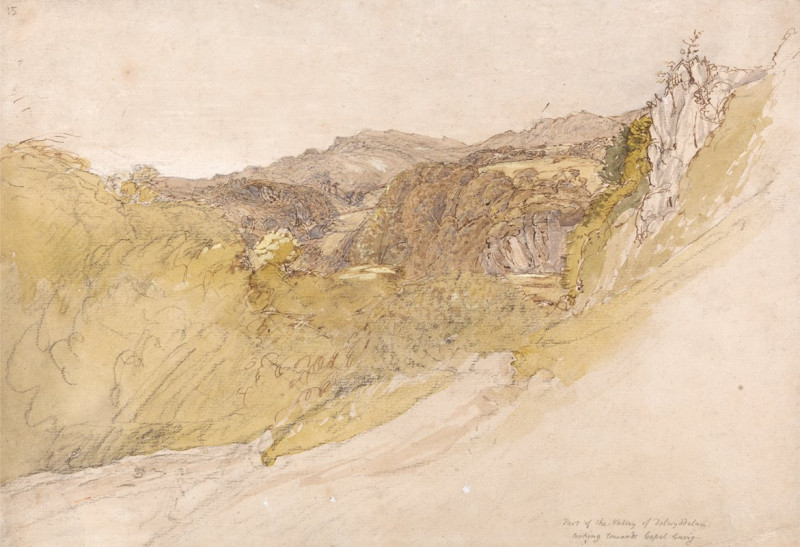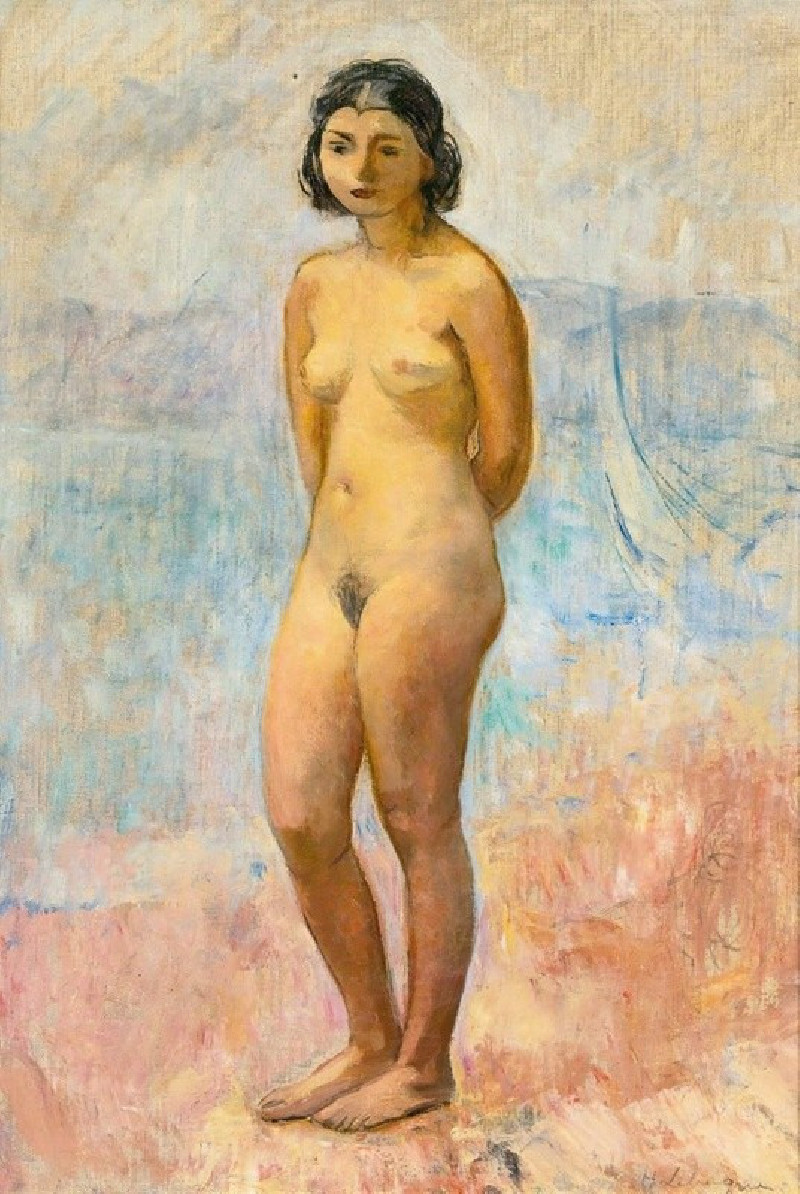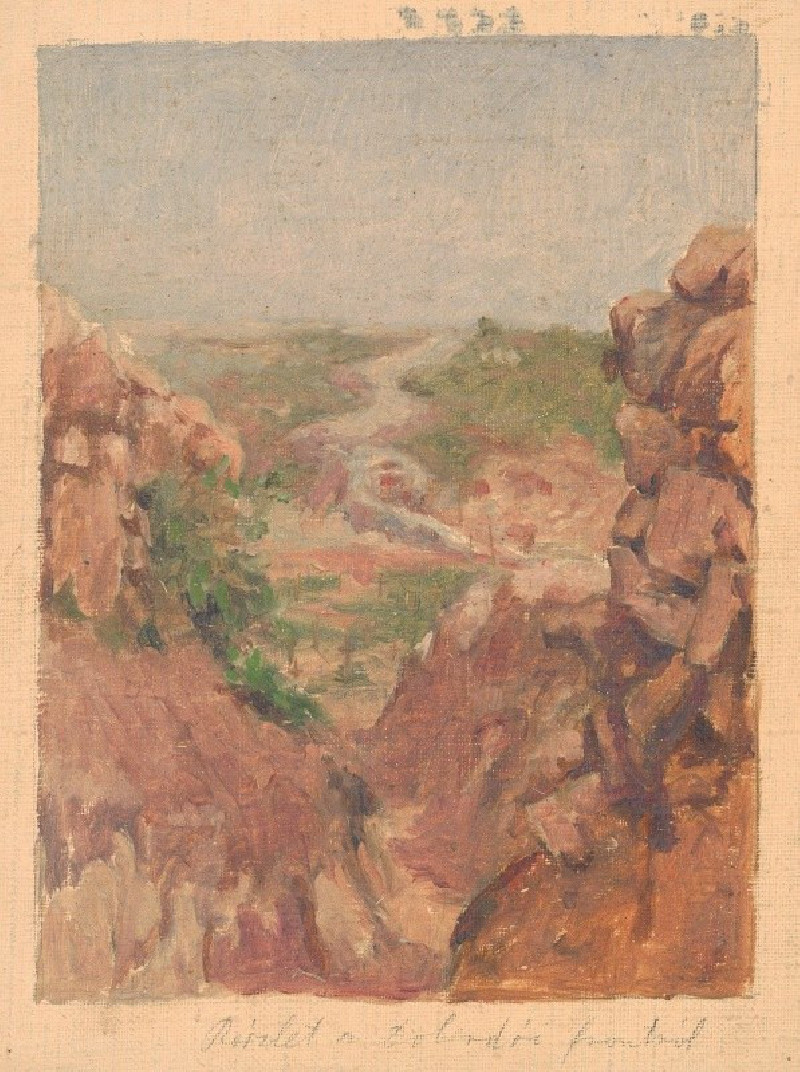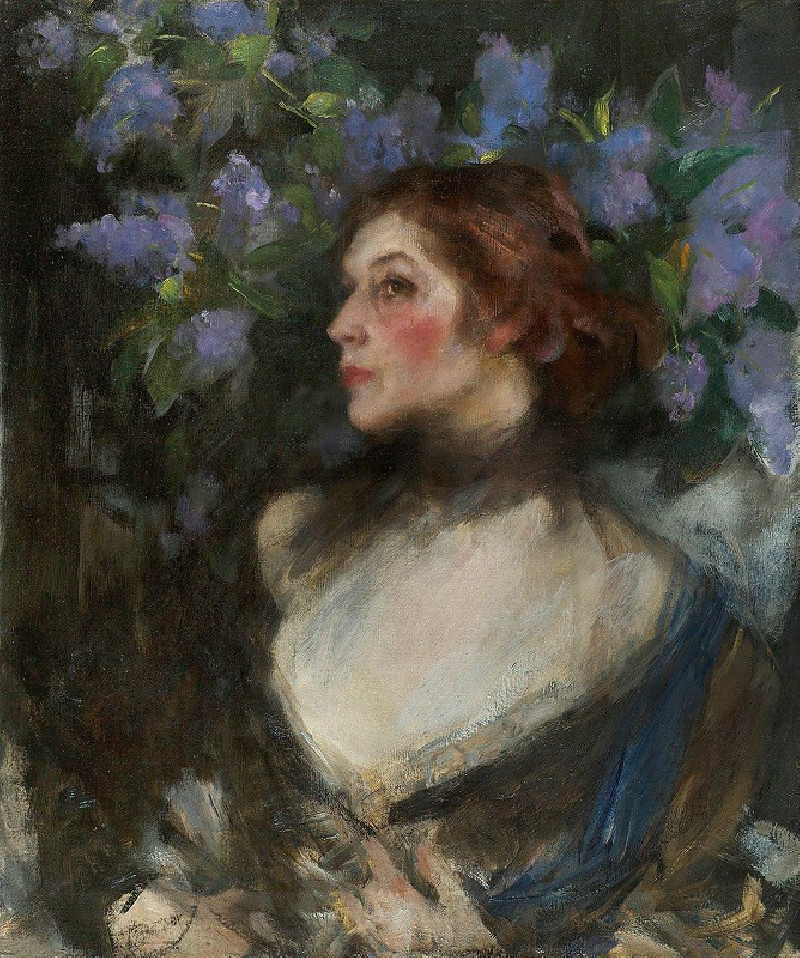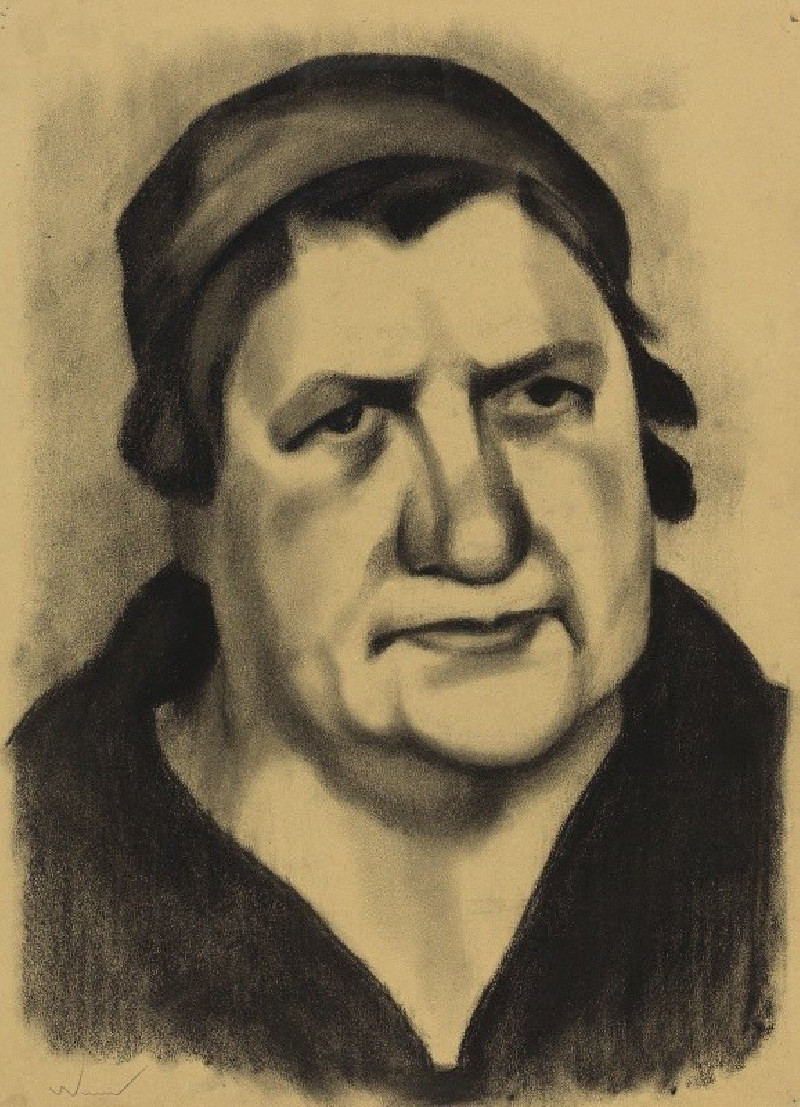Nature morte aux pommes (ca 1891-04)
Technique: Giclée quality print
Recommended by our customers
More about this artwork
Explore the vibrant and intimate world captured in Paul Gauguin's painting, "Nature morte aux pommes" (ca 1891-04), a still life that showcases the artist’s unique handling of color and form. This elegantly simple composition features two apples, each rendered with distinct, bold hues that convey their lush texture and organic form. The apples rest gracefully on a draped white cloth, whose folds are highlighted by subtle shadows and light, adding depth and movement to the serene tableau.Gauguin’s use of color in this work is particularly noteworthy—vivid greens, reds, and yellows bring the fruits to life against the muted background, exemplifying the artist's departure from the naturalistic palette and his progression towards Symbolism. The texture of the paint, applied with both precision and freedom, creates a tactile sense that makes the simple scene pulse with energy.This painting not only reflects Gauguin’s famed post-Impressionist style but also offers a glimpse into the quieter moments of his artistic life, where the simplicity of everyday objects unfolds into a deeper aesthetic experience.
Delivery
Returns
Eugène Henri Paul Gauguin was a French Post-Impressionist artist. Unappreciated until after his death, Gauguin is now recognized for his experimental use of color and Synthetist style that were distinct from Impressionism. Toward the end of his life, he spent ten years in French Polynesia. The paintings from this time depict people or landscapes from that region.

